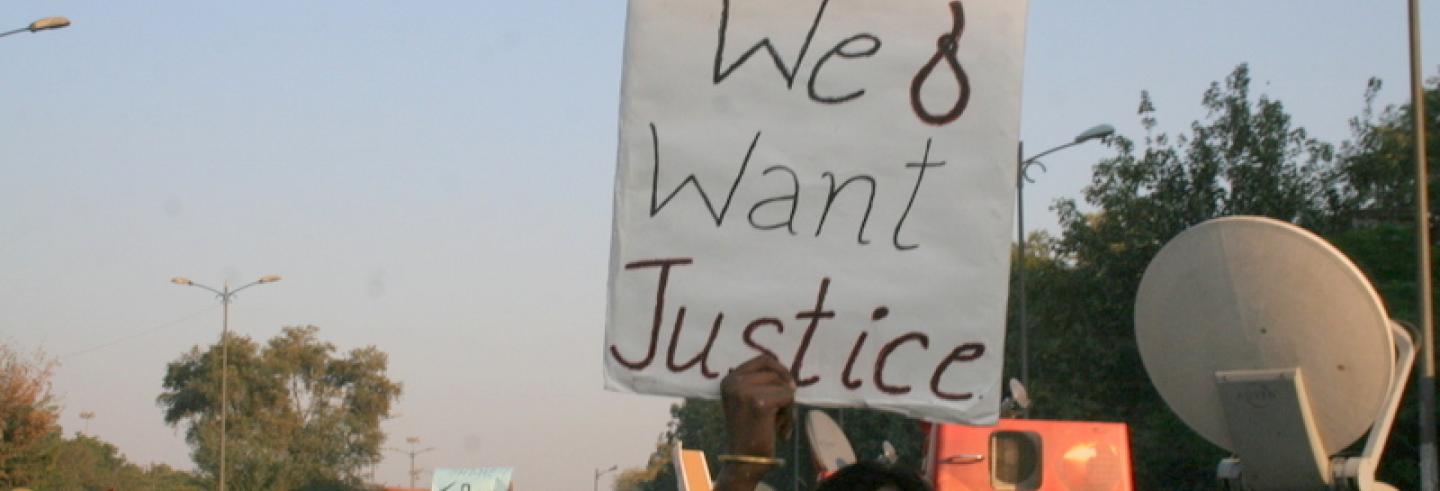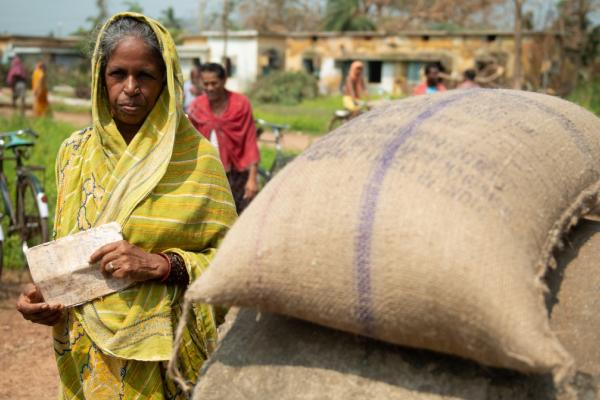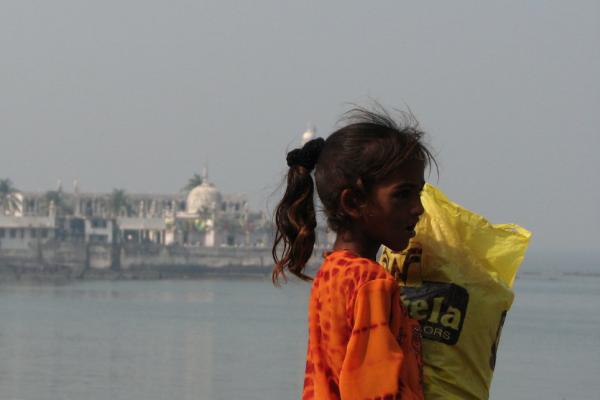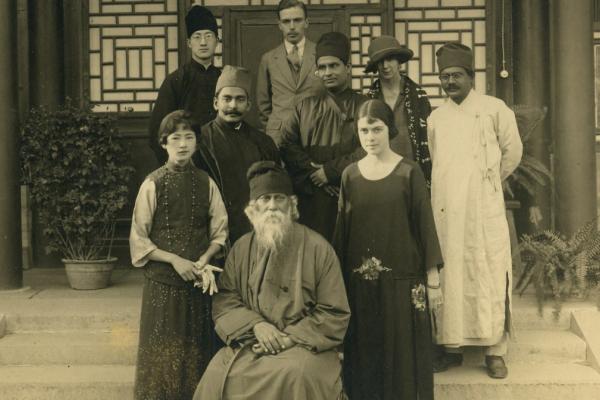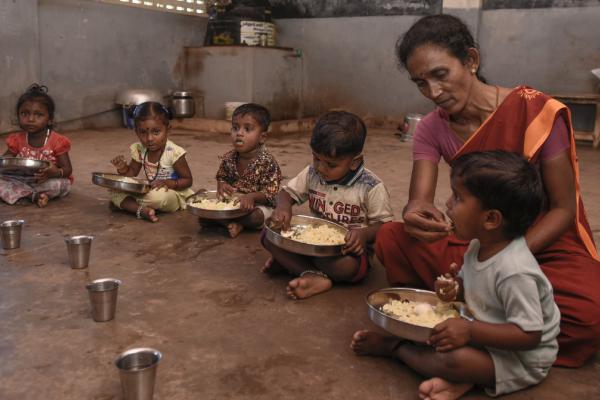As the 2012 Delhi gang rape and murder convicts keep exhausting their legal remedies, they move closer to the gallows. Do they deserve to die? Will our “collective conscience” be satisfied? Or will our “most fundamental values” be “reaffirmed” if they are hanged? When the Supreme Court upheld the death penalty of these convicts in 2017, it invoked the doctrine of “collective conscience”. In its judgment, the Court said: “When the crime is brutal, shocking the collective conscience of the community, sympathy in any form would be misplaced and it would shake the confidence of the public in the administration of criminal justice system.” The phrase “collective conscience” appears at least 13 times in the judgment.
The use of the phrase “collective conscience” by the courts in India has legitimised the use of the death penalty as a method of punishment. This has obscured the real problems of our criminal justice system and, as a result, of our society as well. Its misapplication can lead to the stifling of individual freedom and the undermining of human dignity. Properly scrutinised, the doctrine remains a faulty one. To satisfy “collective conscience” has been reduced to a cry for revenge and bloodlust. Justice has been equated to mean the satisfaction of the mood of society by hanging the criminals. It treats individuals as means rather than ends in themselves.
The Doctrine and a Test
The doctrine of collective conscience has its origins in the French sociologist Emile Durkheim’s The Division of Labour in Society. Durkheim’s religious training and his subsequent nurturing in a strongly cohesive Jewish community made him an enthusiast of group solidarity. He defined collective conscience as “the totality of beliefs and sentiments common to average citizens of the same society.” The doctrine shapes many of his ideas in the book. For example, when Durkheim argues against Herbert Spencer’s radical individualism, he calls for the collective integration of individuals in a society. His theory of punishment is an extension of collective sentiments: “an act is criminal when it offends strong and defined states of the collective conscience.” According to Durkheim, passion is the soul of punishment and ceases only when exhausted. Durkheim’s theory of morality is also centred on group solidarity. For him, social reality is a group concept having social integration as a core value. The stronger the group, the more unified it is.
In countries where the foundations of any particular religion are strong, collective sentiments have often been invoked to stifle dissent, individual liberty, and thought.
Durkheim expands his moral theory on the foundation of group solidarity. “Everything which is a source of solidarity is moral…and morality is as solid as these ties are numerous and strong.” Without common sentiments and common ideas, says Durkheim, one is not a man. Compliance is demanded from the members of the group. Collective representations express collective realities. The pattern that we arrive at thus expects a preconceived behaviour from the members a group to constitute what Durkheim calls “mechanical solidarity”.
Does this rigid idea of group identity stand the scrutiny of a basic constitutionality test?
In countries where the foundations of any particular religion are strong, collective sentiments have often been invoked to stifle dissent, individual liberty, and thought. The misapplication of this doctrine can go against democratic principles, modern thought, and the idea of individual freedom. While introducing the Draft Constitution during the Constituent Assembly Debates on 11th of November, 1948, BR Ambedkar remarked: “I am glad that the Draft Constitution has […] adopted the individual as its unit.” AC Guha had voiced similar sentiments a few days before, on November 6: “The individual is the soul of the whole constitution.” This strand of thought has been reflected in judicial doctrine. The Supreme Court has often upheld individual rights as opposed to group autonomy.
When Justice Chandrachud ruled in the Sabarimala case that the issue of temple entry of menstruating women was more about “freedom from societal oppression” than about religion, it was an affirmation of radical individualism against the cohesive nature of a number of social realities. The Court also recognised in this case individual liberty in matters of thought, expression, belief, faith, and worship. Earlier, in Bariyar (2009), the Supreme Court noted: “The constitutional role of the judiciary also mandates taking a perspective on individual rights at a higher pedestal than majoritarian aspirations.”
It is thus individualism and liberty that collective conscience stands in direct contrast with.
Application to Death Penalty cases
The doctrine of collective conscience was applied for the first time in 1983 in the Machhi Singh case to expand the“rarest of rare cases” doctrine of Bachan Singh (1980). Machhi Singh was a case of extreme brutality involving the killing of 17 people in a single night. The Supreme Court justified the death penalty in such cases, where courts were of the opinion that the “collective conscience of the community is shocked.” Since then, the doctrine has been employed in a variety of cases. In Mohd. Mannan (2011), the Supreme Court upheld the death sentence of a convict who had raped and murdered a minor girl. In Vasanta Sampat Dupare (2017), involving the rape and murder of a four-year-old girl, “collective conscience” was invoked to impose death penalty upon the convict even though it was argued he had shown signs of reform and rehabilitation. In the Parliament attack case, the term was used as a pretext to the Court decree confirming the death sentence of Mohd. Afzal Guru, convicted of criminal conspiracy in waging war against the government.
How do judges determine “collective conscience”? What are the considerations that influence the judge while deciding the conscience of a society? Do government and media influence this judgment of sentiments? Is it possible to determine “collective sentiments” in a multicultural country like India? Does the unequal and inconsistent sentencing violate the equality clause of the Constitution?
The discretion given to the judges to determine the mood of a society violates the principles of equality and impartiality laid down in the Constitution.
It remains unclear as to how judges determine the sentiments of a society. The discretion given to the judges to determine the mood of a society violates the principles of equality and impartiality laid down in the Constitution. The interpretation of one judge may vary with that of another and may thus encourage inequality in the delivery of justice. The Supreme Court had warned against this in Bachan Singh: “Judges should not take upon themselves the responsibility of becoming oracles or spokesmen of public opinion.” It also said that judges “have to resist the temptation to substitute [their] own value choices for the will of the people.” In Rameshbhai Chandubhai Rathod (2009), Justice AK Ganguly noted that the “‘cry for justice’ is not answered by frequent awarding of death sentence on a purported faith on ‘deterrence creed’. Before choosing the option for death sentence, the Court must consciously eschew its tendency of ‘retributive ruthlessness."
The question of violation of Article 14 of the Constitution, that guarantees equal protection of the law, by the “uncontrolled and unguided discretion in the Judges to impose capital punishment” was also raised as early as 1972 in Jagmohan Singh and continues to remain relevant today when the “passionate” cry for “collective conscience”is undermining our core constitutional principles and the foundations of justice.
A Utilitarian Way?
It will not be wrong to assert that the doctrine of collective conscience contains traces of utilitarianism because we deem punishment to be a “collective reaction” to serve collective ends or satisfaction. Following Durkheim, since they “have violated certain rules of conduct”our collective satisfaction lies in punishing them “in order to maintain the integrity of our conscience”. Seen through the prism of classical utilitarianism and its focus on the maximisation of “overall pleasure” and through Bentham’s theory of punishment which considered an equal magnitude of pain to be the appropriate method of punishment for a crime, it may be argued that a utilitarian model does form when it comes to the application of “collective conscience” as demonstrated in this piece.
Viewed thus, the doctrine looks flawed. The application of this doctrine, with an aim to satisfy majoritarian aspirations, undermines individual rights. One, by hanging a person to satisfy our “collective sentiments”, we deny them the right to dignity, a core constitutional value. Death by hanging is a barbaric and cruel method of inflicting punishment. Two, retribution is a thing of the past. Reformation is the need of the day. Purpose, not passion, should be the aim of punishment. Three, an overwhelming majority of death-row convicts are economically vulnerable and socially marginalised.
Any justice system should take socioeconomic factors into consideration before formulating a proposition on the basis of collective sentiments.
The Death Penalty India Report published by National Law University, Delhi shows how three out of every four death row prisoners are economically vulnerable. Three out of four are also members of Scheduled Castes, Scheduled Tribes, or Other Backward Classes, or religious minorities. More than half are either the primary or sole earners in their families, and had not completed their secondary school education. Nearly a quarter had never attended school. Why is it that their socioeconomic conditions are overlooked when they are a part of our society, but when they are condemned we go on to form an opinion on their life? It is immoral to deprive of life the already deprived. Any justice system should take these factors into consideration before formulating a proposition on the basis of collective sentiments.
In his preliminary remarks to A Theory of Justice, John Rawls writes that justice is the first virtue of social institutions. Justice does not allow, writes Rawls, that the sacrifices imposed on a few are outweighed by the larger sum of advantages enjoyed by many (page 3). Even if their sacrifice benefits us by satisfying our ‘social conscience’, whether it serves justice still remains to be examined. These convicts are already the victims of a social and economic arrangement which is far from just. Imposing such barbarity upon them does not fulfil our social goals.
Final Remarks
Phrases that our institutions use to justify an action can sometimes dangerously traverse into popular vocabulary and take the form of mob justice. When a Hyderabad woman was raped and burnt to death in November 2019, a parliamentarian called for the mob lynching of the accused men. The men were eventually killed by the police in an “encounter”. The emotive words of the parliamentarian, calling for public justice reminded me of a passage from Fanon’s classic text on colonialism, The Wretched of the Earth: “your wealth forms a hard shell which prevents your seeing the poverty that surrounds you” (page 173). The overwhelming majority of the population in India live in dire socioeconomic conditions. Our politicians, who are insulated from the poor surroundings, do not realise this when they call for mob justice. It is the justice system that suffers in the end. The so-called public mood may feel momentarily that justice has been done and it may look normal for people to see on display a presentation of justice, but it ultimately leaves all our questions unanswered. One more brutal crime later, we cry for more blood. The result of the “cry for justice” of the parliamentarian was that our ethics of a fair trial and procedural justice were undermined resulting in a controversial “encounter” of the accused men.
The “satisfaction of collective social interests” by hanging the poor and the marginalised will neither help us improve our criminal justice system nor will it stop crimes against women. The answer to our most basic questions lies elsewhere. It lies in providing socioeconomic justice, substantive equality and the refinement of our institutions. It also lies in a radical reformation of our criminal justice system. Identifying faults in our criminal justice system alone can help us address the fissures in our society and our justice system. The misappropriation of “collective conscience”, as is done by our courts and legislators, will take us back to the dark ages where we will cry for more and more blood.
The so-called “collective conscience” should not blind us to the extent that we forget individual rights, particularly those of the condemned.


